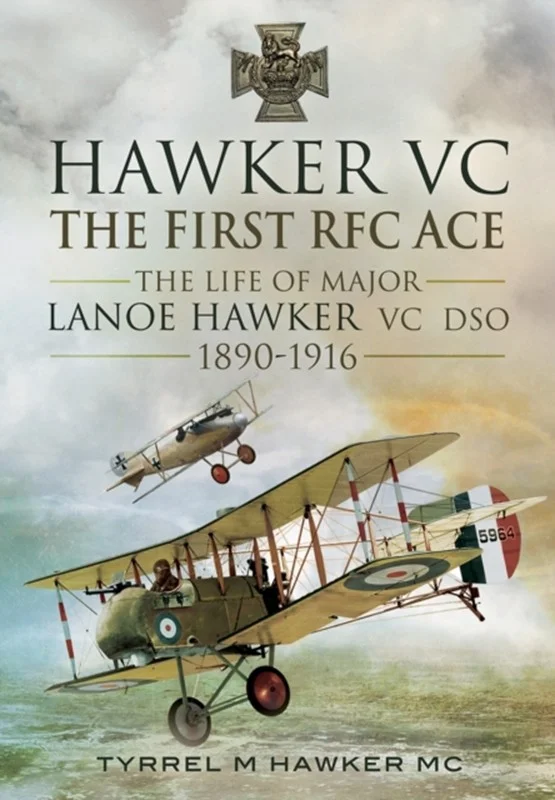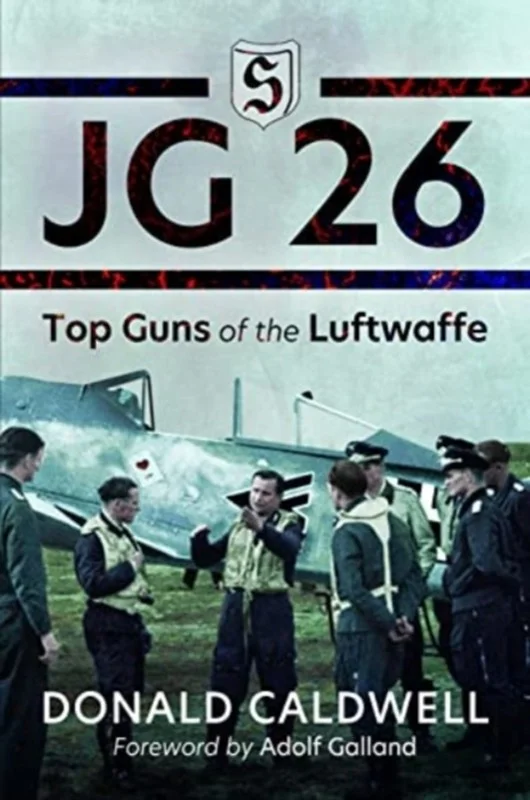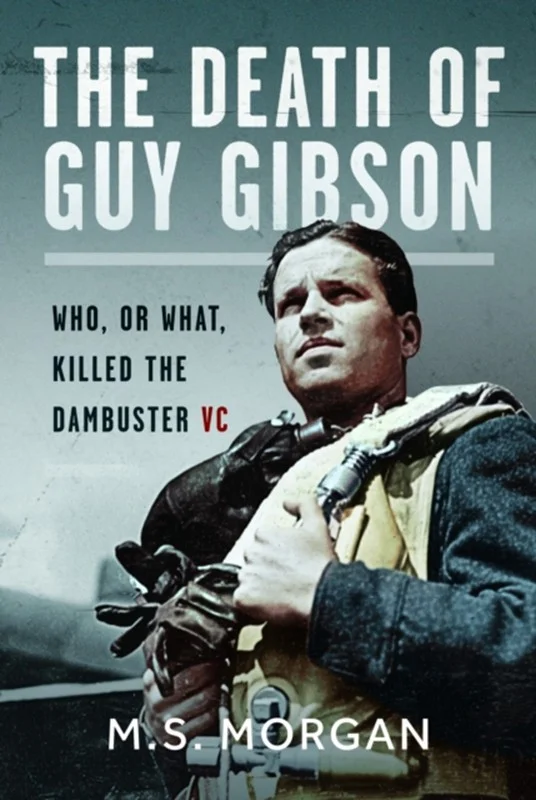Spitfire Pilot Air Commodore Geoffrey Stephenson - John Shields - Bog - Pen & Sword Books Ltd - Booktok.dk
Under cloudless blue skies, the Oakwood Cemetery Annex in Montgomery, Alabama hosts the largest Commonwealth War Graves Commission cemetery in the United States. Most of the graves contain young RAF trainee pilots killed during their flying training at nearby Maxwell and Gunter airfields during the Second World War. However, there is another grave, located at the edge of the plot, not from the early 1940s but, from 1954\. The grave marks the final resting place of a 44-year-old senior RAF officer, Air Commodore Geoffrey Stephenson CBE. It begs the questions who was he and why is he buried there?This book sets out to answer both these questions. As a result, this is the remarkable story of not only Stephenson’s life but the people, planes and places that would leave an indelible mark on a seasoned fighter pilot. After growing up in Lincolnshire and Ireland, 18-year-old Stephenson joined the RAF in 1928 alongside Douglas Bader who would become a life-long friend. After leaving Cranwell, the pair both joined 23 Squadron. In the 1930s, Stephenson rose through the ranks to command 19 Squadron, a Duxford-based Spitfire unit, that would see his baptism of fire over Dunkirk in late May 1940\. Following the downing of a Junkers Ju 87 Stuka, Stephenson was himself shot down and crash landed on the beach at Sangatte. After a brief period on the run in France and Belgium, Stephenson was taken into captivity, spending the next five years as a prisoner of war, ending up at the iconic Colditz Castle where, ironically, he was reunited with his old friend Bader. Upon his release in April 1945, Stephenson quickly resumed his RAF career commanding, instructing, and flying the latest jet fighters, both at home and overseas. He was aide-de-camp to two monarchs, including escorting a young Queen Elizabeth II during her 1953 Coronation Review. However, his already eventful career would take a tragic turn. In 1954, Stephenson flew to the United States to review their latest acquisitions, which included a flight in the supersonic F-100 Super Sabre. It would be his last flight. Nevertheless, Stephenson’s legacy lives on at his former base at Duxford in the guise of the Imperial War Museum’s immaculately restored Spitfire Mk.I N3200\. This was the very aircraft in which he force-landed on 26 May 1940\. Recovered from the French beach, N3200 was painstakingly rebuilt and returned to flying condition. Today, N3200 is often referred to as a ‘National Treasure’. This is the biography of a remarkable pilot, husband and father, revealing the planes he flew, the places he visited, and the incredible people he met along the way.










